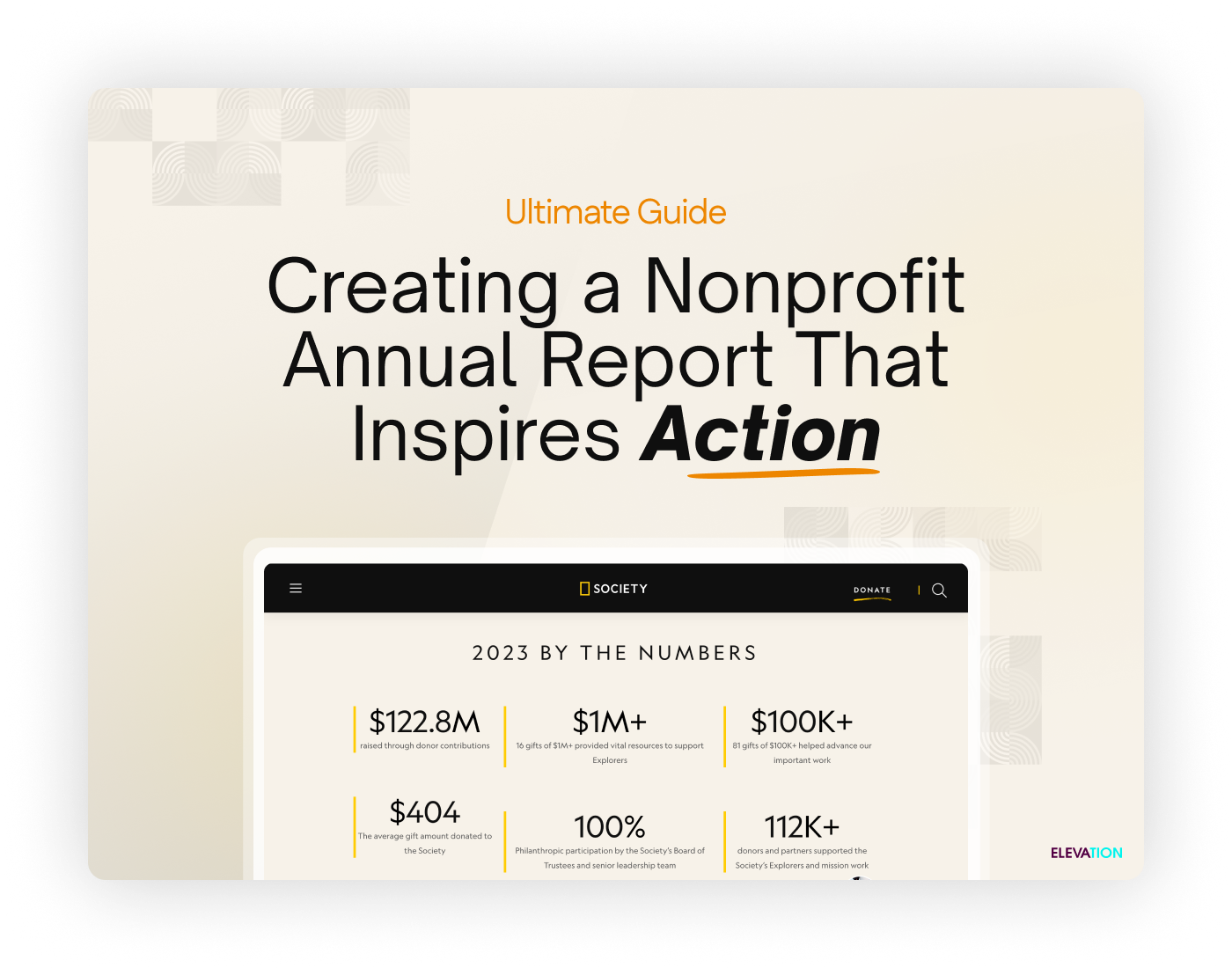Our country is filled with an incredibly diverse group of individuals, but we don’t get to experience the benefits of this diversity without an inclusive environment that allows everyone to thrive. Inclusive nonprofit marketing campaigns are one step into creating a more inclusive world. So, what makes a campaign inclusive? Here are four amazing examples of video campaigns that are fostering a culture of embracing diversity and inclusion. Each uses different techniques and visual representations to get their point across. Let’s break it down.
Girls Count – ONE
- Use of animation and 2D graphics: Animation and motion graphics are helpful because you can represent incredibly complex concepts relatively quickly, in this case: 130 million girls. With a number this large, a viewer’s mind has difficulty fully grasping it. The video introduces the immensity of this number immediately, visualizing it both in entirety, and then emphasizing the singular. The viewer is able to digest the size of the problem while also making a connection to it.
- Human connection: Behind almost every cause is community that needs help. What drives people to donate their time, money, or resources without anything in return? Connection. As one of the animated girls transforms into a real girl, we can visualize that each of these 130 million is a person, living and breathing just like us. She talks to the camera and in turn, directly to the viewer. Now we have a face to associate with the crisis. The following numbers montage connects each number to a new face, further emphasizing that this big number is much more than just a number.
- Massive representation: The physical representation of people from all walks of life in this campaign does a great job at reaching everyone. Different languages, nationalities, genders, and ages, every viewer can see themselves on screen. The campaign is not geared to one specific demographic. Everyone is invited to participate.
- Invites us into the conversation: The video ends asking for the viewers to help count to 130 million. It leaves spaces in the number line with a hint of discomfort so we feel called to fill them in. At the same time, the viewer is then asking themselves how on earth someone would create a video counting to 130 million, it would simply be too long. But with this thought, we have a deeper association between the immensity of the number and the immensity of the crisis.
Stop Genitale Verminking – Plan België
- Dealing with difficult subjects: Sometimes our causes are not so easy to talk about. In order to spread awareness on these subjects, you have to get creative.
- Alternate representation: Touchy subjects can be alienating, many concepts are difficult to talk about and represent. This video from Plan International Belgium makes great use of stop motion with paper sculptures to represent female genitalia. This simplified and quite beautiful approach gets its point across without shocking graphic images that may turn people away.
- Creating for an inclusive audience: Inclusion doesn’t have to mean representation of the people, it really means creating an environment that welcomes new ideas and diverse thoughts. If you’re attempting to get a group to think in a way they normally wouldn’t, think outside of the box. What is turning people away from the subject? Does it need to be depicted? What is the most powerful image you can show, without crossing the line?
Un-Mute Ask Him – Movember
- Encourage diversity of thought: Inclusive behavior encourages diversity of thought, and expands the mind to disassociate previously held stereotypes or assumptions. Un-Mute, Ask Him campaign does a brilliant job at driving the viewer into the conversation, and breaking down previously held beliefs.
- Catchy and unexpected: In a seemingly normal “how-to” video with the catchy title, viewers are invited in to learn about a quick BBQ trick. They are introduced to a man standing at a barbecue, nothing new. After a few seconds, they learn the truth of the video. The purpose is not what they expected it to be. This unexpected feeling of surprise makes a tremendous impression on your brain and in your memory, so the impact of this video will be much deeper.
- Simplicity: The scene is one most all of us know, a man standing at a barbecue. He talks to the camera all in one shot. There’s no distracting movements or angles or other actors complicating the scene. The only people that matter, are him and you, the viewer. The message stands out, boldly.
- Creating new neural associations: The man is having a conversation with the viewer, nothing crazy or not seen before. We all know it. He’s talking to you, drawing you into a personal conversation. But the conversation is not one we normally have standing at a barbecue, one of emotions and serious mental health topics. But now, these viewers have now all been exposed to a man talking about his emotions and mental health at a barbecue. This subtle connection between man + feelings + barbecue has resonated in our minds. Now, viewers can feel more comfortable in this exact situation, whether being approached by a friend or reaching out to ask for help.
Dear Future Mom – World Down Syndrome Day
- Ask the right questions: When creating campaigns about minority communities, Jordan Craig came up with a few important questions to ask, like: are we reinforcing negative stereotypes in the communities we are trying to support? Are these authentic connections? #DearFutureMom does everything right.
- Creating positive stereotypes: Everyone has different relationship with down syndrome, whether a personal one or one developed from afar. While at first the video introduces a common and often misplaced feeling, fear, it immediately turns that fear into love. By the end, you’ve completely forgotten what that fear ever was.
- It answers viewer’s questions: People without a personal connection to your cause are often not fully educated on the subject. With our society’s innate fear of being wrong, asking questions is difficult. As a marketing representative, it’s our responsibility to answer these questions and educate our audience without alienating them. This video does a beautiful job.
- Diverse representations: A representation of people from inclusive backgrounds, languages, countries, and races, all viewers are able to relate. Including more faces on screen allows for a larger audience to feel connected. Remember, make sure your representation is also accurately representing the communities you work for. Make sure you’re not including a token race or gender.




